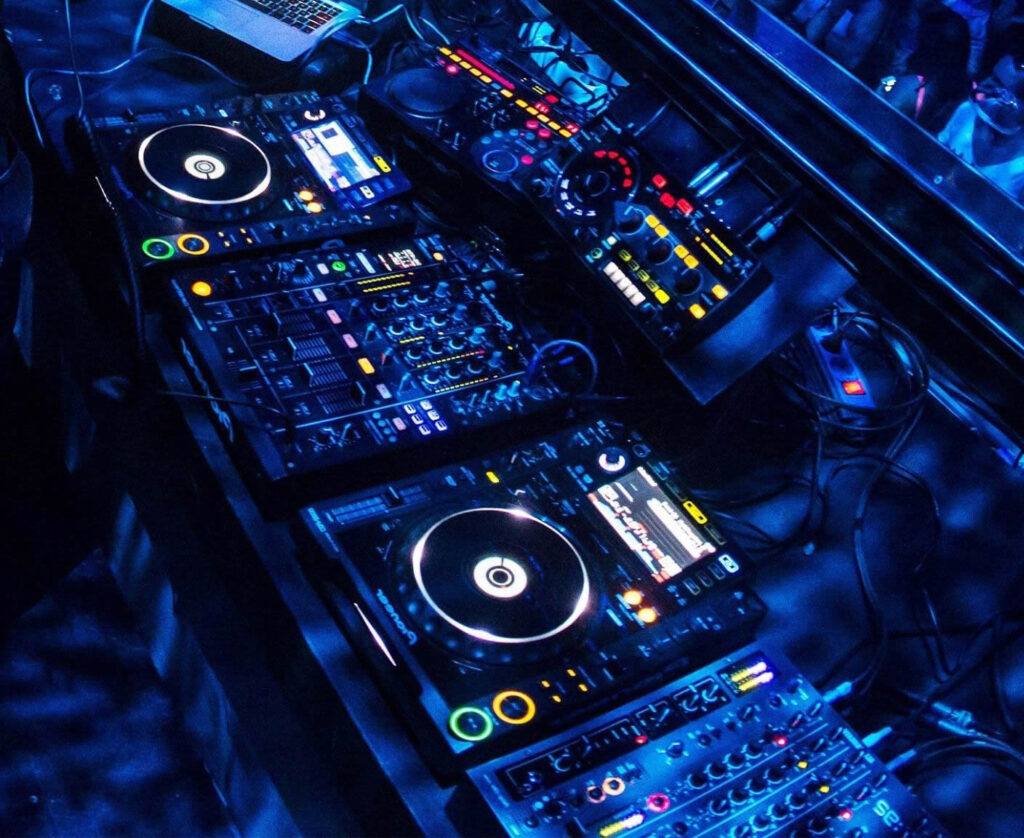Transforming Audience Engagement Through Immersive Virtual Reality Experiences within Live Productions
Transforming Audience Engagement Through Immersive Virtual Reality Experiences within Live Productions
Blog Article
Within the past times, virtual reality has become a powerful instrument for boosting viewer involvement in live performances. This technology enables viewers to immerse oneself in a three-dimensional setting, crafting a distinct encounter that traditional media cannot easily replicate. Through using VR, creators can transport viewers into the core of the action, making them feel as if they are part of the show. This groundbreaking method not only captivates viewers but also unlocks new opportunities for narrative and engagement.
One of the key advantages of employing VR in real-time productions is the ability to create a more engaging encounter. Viewers can interact with the show in real-time, influencing the result or discovering different perspectives. For example, in a theater show, audiences using VR goggles can select to follow specific characters or scenes, allowing them to tailor their encounter. This degree of interactivity fosters a deeper connection between the viewers and the show, making it more memorable and significant.
Moreover, VR technology can enhance the sight and auditory elements of a real-time performance. Using high-quality graphics and audio design, creators can build breathtaking environments that draw viewers in. This immersive quality can elevate the overall experience, rendering it more captivating and pleasurable. For example, a musical performance can be converted into a rich encounter, where audience members experience as if they are standing stage with the performers. Such enhancements not only attract larger audiences but also encourage return viewing, as audiences look to re-experience the thrill.
In addition enhancing viewer involvement, VR can also offer insightful data for creators. Through examining how viewers interact with the digital setting, producers can collect data on audience preferences and behaviors. This information can inform future productions, helping to tailor content to better satisfy the needs and desires of the audience. As a result, VR not click over here now just enhances the present encounter but also contributes to the development of real-time performances as a complete entity.
With the technology continues to evolve, the possibilities for VR in real-time performances is immense. Ranging from stage shows and musical events to athletic events and festivals, the possibilities are endless. By embracing this cutting-edge method, producers can revolutionize the way audiences experience real-time performances. With an increasing number of producers explore the integration of VR, it is likely that we will see a change in how shows are crafted and delivered, ultimately leading to a more immersive and participatory prospect for real-time productions.